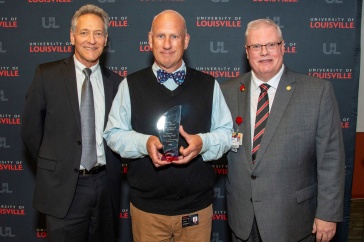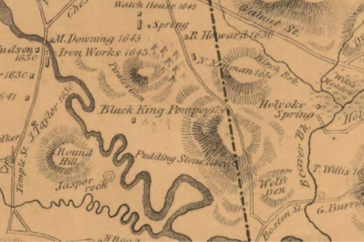
At age 19, before completing her degree at UNH, Doris Grady was already teaching in a one-room schoolhouse in Biddeford, Maine. Her annual salary was $1,440. The experience influenced her throughout her teaching career and subsequent 20 years on the Dover (New Hampshire) school board.
“As a teacher she always set high standards for what could be accomplished in the classroom,” says her daughter Patty Dewhirst. “Later, during her tenure as a school board member, she saw all sides of the issue of balancing the tax base with the needs of the students and reasonable salaries for teachers.” Over the years, while acknowledging that times had changed, Doris always maintained that the classroom dynamic between teacher and students remained more important than an abundance of technological bells and whistles.
When Doris passed away on Oct. 14, 2019, at age 96, she had spent 73 years in education, including more than 50 in Dover public schools. She received Retired Teacher of the Year recognition at the New Hampshire Excellence in Education Awards Ceremony in 2009 and again in 2018.
Over the decades, she taught elementary, middle and high school and was fondly remembered by her students — many of whom would recognize and greet her long after they left her classroom.
Her mother made a lasting impression, says Patty, because students knew she had their best interests at heart. That included free tutoring. “There was always somebody sitting at our kitchen table getting extra help,” her daughter says.
Doris rarely sat still, and even on playground duty she played catch or jumped Double Dutch — once, so vigorously that she fractured several vertebrae.
Her family, which also included her late husband Edmond and daughter Maureen, were awed by Doris’s boundless enthusiasm. In addition to classroom teaching, tutoring and teaching Sunday school, for years she was the bookkeeper for her father’s store and worked there during school vacations.
Summers found her planning trips to the beach. In winter it was ice skating. “She was always doing something and always made sure our car was packed with cousins and any neighborhood kids who wanted to come along,” says Patty. Doris was a Girl Scout leader and assistant cheerleading coach and sewed all of her daughters’ clothes and cheerleading uniforms.
A talented horsewoman, Doris kept a sleigh when her daughters were growing up and gave sleigh rides to everyone in the neighbor- hood. In addition, “She had an open-door policy for dinner,” says Patty. “Anyone who showed up around mealtimes got fed.” That included hired hands who sometimes slept in the tack room of the family’s barn until they found permanent housing.
For years Doris and a friend raced into the frigid Atlantic in April and October and made a game of running in a day earlier each year, reflecting a tolerance to cold that dated back at least as far as 1942. That was when Doris participated in a winter program to prepare female students for possible service in the women’s armed forces auxiliaries, which entailed exercising on the snow-covered UNH campus in T-shirts and shorts. The program piqued the interest of the editors of “Life” magazine, who sent famed photographer Alfred Eisenstaedt to Durham. The seven-page story and accompanying photographs of 650 coeds doing calisthenics in sub-zero temperatures intrigued a Hollywood producer, and in January 1943 the women repeated their workouts in front of movie cameras. In an article about the program published in a 2010 issue of UNH Magazine, Doris observed that as a former phys-ed major she “really thrived on it.”
Whatever was happening, Doris always wanted to be an active participant and not just stand around. “When I had children of my own,” says Patty, “I often wondered where she had found all that energy.”
-
Written By:
Karen Tongue Hammond '64 | UNH Magazine
















































